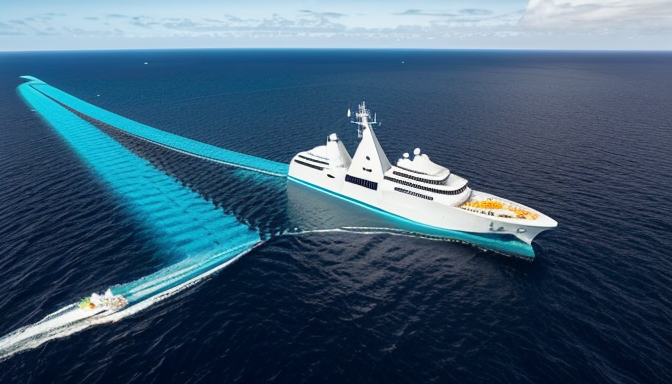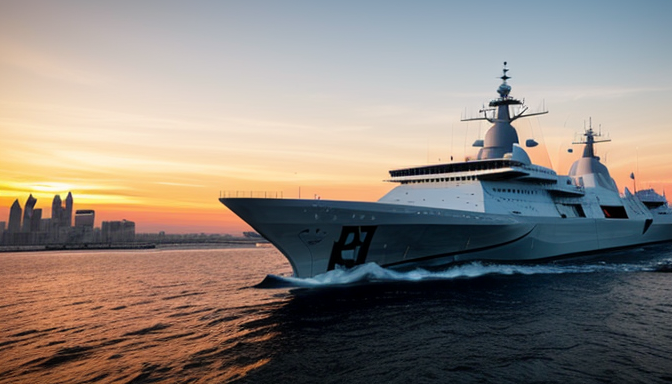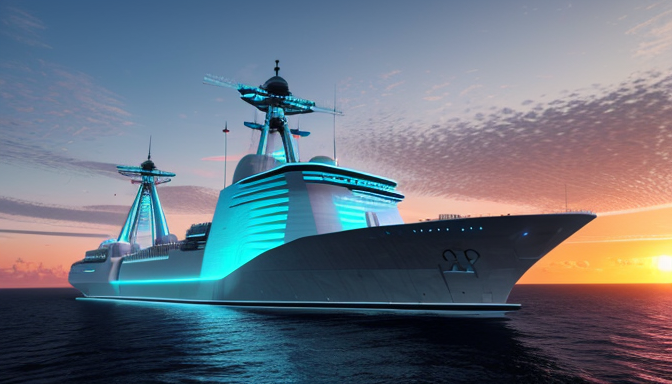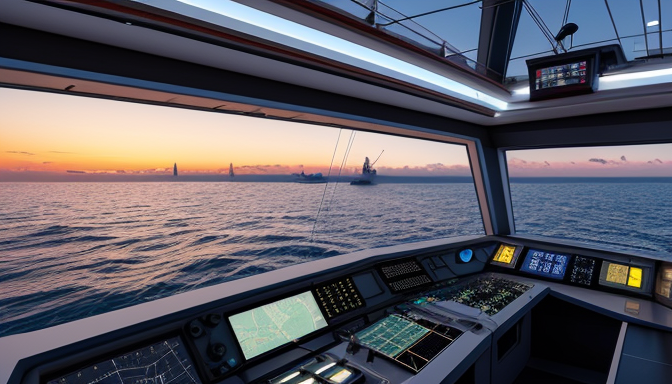The Fascinating Intersection of Art and Naval Engineering
Have you ever gazed at a ship and marveled at its beauty? It’s not just a hunk of metal floating on water; it’s a masterpiece where creativity meets technical skill. The world of naval engineering is a playground for innovators who blend art with functionality, paving the way for cutting-edge ship designs. Imagine a vessel that not only sails the seas but does so with an elegance that turns heads. That’s the magic of modern naval architecture!
In today’s maritime industry, aesthetics are no longer an afterthought. They are a fundamental element that shapes public perception and influences design decisions. The sleek lines of a hull or the intricate details of a ship’s superstructure can speak volumes about its capabilities and purpose. Moreover, as we face environmental challenges, the integration of green propulsion systems into design is not just a trend; it’s a necessity. These innovations are not only functional but also reflect a commitment to sustainability, merging form and function in a way that is both beautiful and responsible.
As we explore the innovative art forms in naval engineering, we uncover a realm where traditional craftsmanship meets modern technology. From sculptural elements adorning the ship’s exterior to digital design techniques that enhance structural integrity, the possibilities are endless. This fusion of art and engineering not only enhances the vessel’s identity but also serves practical purposes, making each ship a unique expression of human ingenuity.
The Role of Aesthetics in Ship Design
Aesthetics in ship design is not just about making vessels look pretty; it’s a crucial element that intertwines functionality with visual appeal. Imagine a ship gliding through the water, its sleek lines and elegant curves catching the sunlight—this is where artistry meets engineering. The right aesthetic choices can enhance a ship’s performance while also influencing public perception, making it more appealing to potential buyers and users.
In the world of naval architecture, aesthetics can impact decisions ranging from the shape of the hull to the color of the paint. For instance, a well-designed hull not only improves hydrodynamics but also gives the ship a modern and attractive profile. But how does this translate into real-world applications? The integration of green propulsion systems and cutting-edge materials is often paired with innovative designs that prioritize both functionality and visual harmony.
Furthermore, the aesthetics of a vessel can evoke emotions and tell a story. Ships designed with artistic flair often reflect cultural heritage or the mission of their operation. For example, naval vessels adorned with intricate sculptures or digital art can communicate their purpose and values effectively. This blend of art and technology not only captivates the eye but also reinforces the identity of the ship.
In conclusion, the role of aesthetics in ship design is multifaceted, serving as a bridge between creativity and engineering. As the maritime industry continues to innovate, the importance of visual appeal will only grow, making it essential for designers to consider both beauty and functionality in their creations.
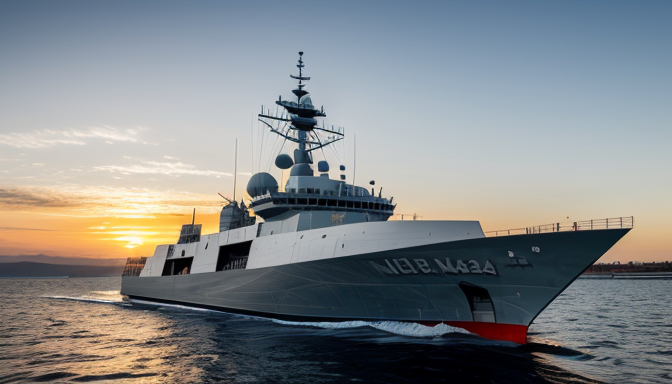
Innovative Art Forms in Naval Engineering
When you think of naval engineering, the first image that might pop into your mind is a hulking vessel slicing through waves, but there’s so much more beneath the surface! Innovative art forms are making waves in this field, blending creativity with cutting-edge technology. Imagine a ship not just as a means of transport, but as a canvas where engineering meets artistry. This is where the magic happens!
One of the most exciting areas is the integration of green propulsion systems. These technologies are not only functional but also aesthetically pleasing. Take, for instance, the sleek lines of a vessel designed to minimize drag while maximizing efficiency. The design is not just about looks; it’s about creating a harmonious balance between form and function. The artistry involved in these designs often reflects the principles of nature, resulting in vessels that are both beautiful and efficient.
Moreover, marine innovations such as digital design tools are revolutionizing how ships are conceptualized. Designers can now create stunning visualizations that allow engineers to see their creations in a whole new light. This digital artistry not only enhances the design process but also allows for more sustainable choices. For example, the use of biomimicry—drawing inspiration from nature—has led to designs that echo the efficiency found in marine life.
In conclusion, the fusion of art and engineering in naval design is not just a trend; it’s a necessity. As we push the boundaries of what is possible, these innovative art forms will continue to shape the future of naval engineering, creating vessels that are not only functional but also works of art.
Frequently Asked Questions
- What is the significance of aesthetics in naval engineering?
Aesthetics in naval engineering isn’t just about making ships look good; it’s about enhancing functionality and creating a strong public impression. A well-designed vessel can attract attention and admiration, which can be crucial for naval branding and tourism.
- How do artistic elements influence ship design?
Artistic elements influence ship design by integrating creativity into functionality. For instance, the sleek lines of a ship not only improve its hydrodynamics but also create a visually appealing silhouette that stands out in the water. It’s like crafting a sculpture that also serves a practical purpose!
- Can you give examples of innovative art forms in naval engineering?
Absolutely! Innovative art forms include digital design techniques that allow for intricate patterns on ship hulls or sculptures integrated into the vessel’s structure. These artistic touches not only enhance aesthetic appeal but also contribute to the ship’s identity and functionality.


